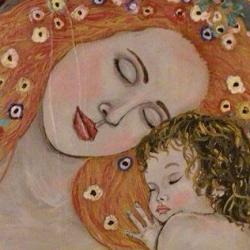Darian Leader notes in What Is Madness? that the various theories of madness that have been developed over the past fifty years are “more or less unknown outside a very narrow professional field” (2). That research has been undertaken within a psychoanalytic framework, and is barely known even to “most psychiatrists, psychologists, and mental health workers” (3).
One reason for this neglect is a bias against psychoanalysis, or a bias against the caricature that passes for psychoanalysis. Leader things that psychoanalysis has much to teach us, especially in its detailed attention to individual patients: “The attention to the uniqueness of each patient that the psychoanalytic approach involves is all the more important now, as we live in a society that has less and less space for the detail and value of individual lives. Despite the ubiquitous lip service to respecting difference and diversity, people today are coerced more than ever to think in uniform ways, from the nursery to the corridors of the professorial life. We see this reflected in the mental health world, where treatment is often considered an almost mechanized technique to be applied to a passive patient, rather than as a joint collaborative work, where each part has responsibilities. There is increasing pressure today to see mental health services as a kind of garage, where people are rehabilitated and sent back to their jobs—and perhaps to their families—as soon as possible. The psychotic subject has become less a person to be listened to than an object to be treated. The patient’s specificity and life story are often just airbrushed away. Where old psychiatry books were once filled with the reported speech of patients, today all one sees are statistics and pseudo-mathematical diagrams. Studies hardly ever mention what happens in unique cases, but present figures where the cases have been aggregated together. . . . The individual has vanished” (3-4).
He cites an example of a patient who went to the hospital during a “manic episode”: “When I arrived at the ward, a large security guard was sitting on top of her, while a nurse attempted to administer an injection. Since being forcibly restrained was one of the most devastating aspects of her childhood history, this situation was not a happy one for her and she resisted most vigorously,. This led to even greater physical pressure.” In the aftermath, the hospital “gave her little room to speak about what had happened. There was no interested in the detail of what precipitated her episode. Instead, she described how she was forced into a set of concepts and categories that were alien to her.” She was instructed about her behavior, told to think differently and to learn to conform to standards of normality, and she was assigned a diagnostic label. What Leader sees missing is “the inner life and beliefs of each person” (6-7).















